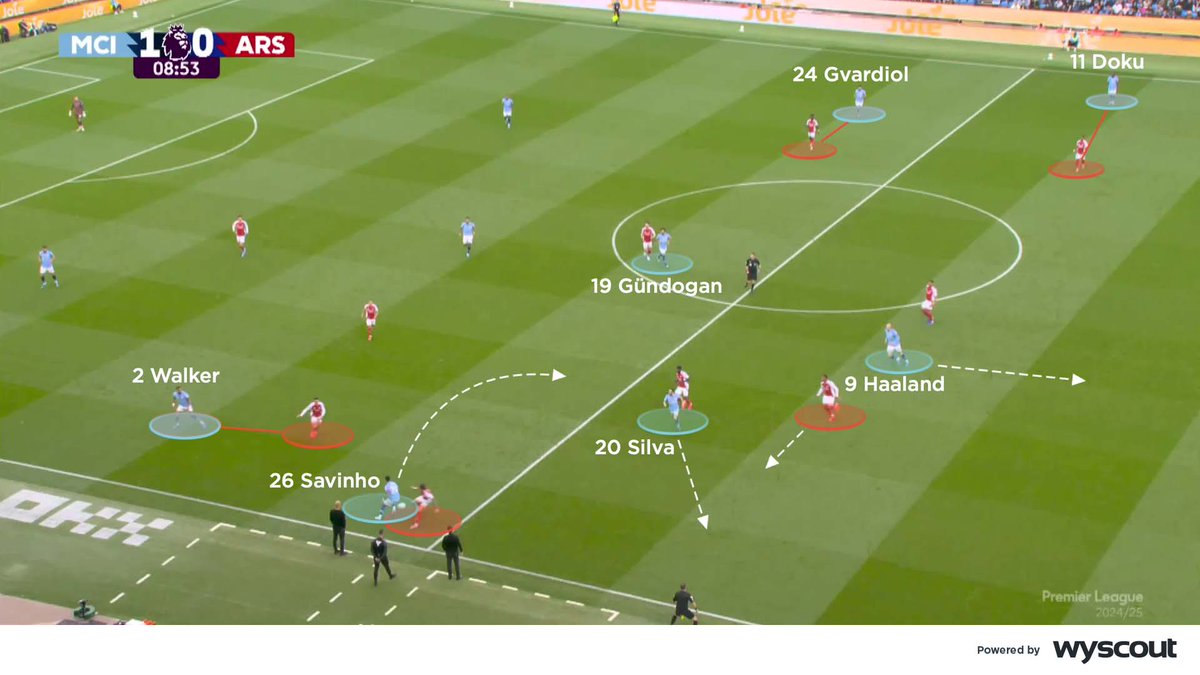🆕 Fresh analysis! 🙌
Getafe are challenging Barcelona, Real Madrid, Atlético Madrid, Sevilla and more for qualification to the Champions League from La Liga. Our professional coaches assess the methods of their manager, José Bordalás 👇
coachesvoice.com/coach-watch-jo…
Getafe are challenging Barcelona, Real Madrid, Atlético Madrid, Sevilla and more for qualification to the Champions League from La Liga. Our professional coaches assess the methods of their manager, José Bordalás 👇
coachesvoice.com/coach-watch-jo…
Getafe are widely recognised as being committed to the most organised of 4-4-2s. They favour a direct approach that relies on them complementing their positional discipline with winning possession either from a direct ball, or by picking up the second or third ball
#GetafeCF
#GetafeCF

Deyverson, recruited during 2020’s January transfer window, has similarly contributed to this approach. The Brazilian is capable of winning possession before controlling it and finishing, or of winning it and then retaining it until teammates arrive to offer support #GetafeCF 

Throughout 2019/20 their defensive block has been positioned further up the pitch than has previously been the case, largely because of the security offered by Djené Dakoman, whose athleticism and positional awareness makes him so capable of correcting imbalances #GetafeCF 

• • •
Missing some Tweet in this thread? You can try to
force a refresh
















